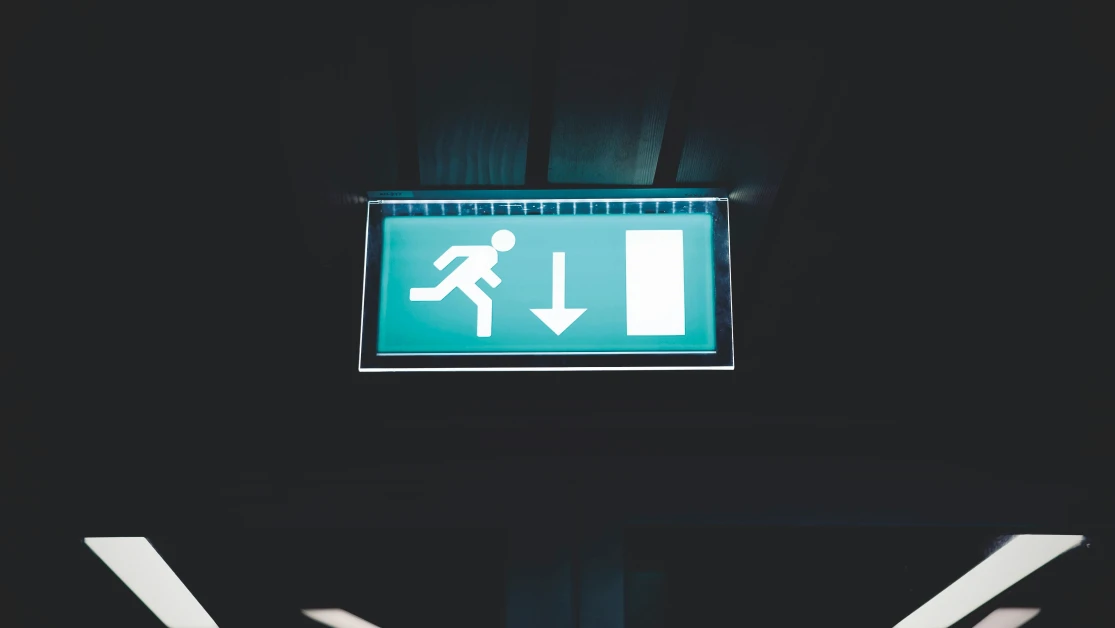
Need assistance?
Need Assistance? Call Us 0330 058 0630
















11/01/2021 • by Lynsey B

Imagine the situation. Your fire alarm is sounding and your premises mains supply has failed, pitching the building into darkness. How do you get out of the building safely? Do you rely on your memory of where the fire exit is? Do you count the stairs to ensure you safely negotiate them? No of course you don’t.
In this situation you will rely on your emergency lighting system, safely designed to meet BS5266 -1:2016 and regularly tested for peace of mind in exactly the circumstances above. Having a functioning emergency lighting system is a requirement of the Regulatory Reform (Fire Safety) Order 2005.
Emergency lighting operates immediately on mains failure and should be designed to ensure all escape routes (including externally if necessary) and large open areas should be illuminated clearly. These days they are powered by an internal battery that receives a constant trickle charge when the mains is present and will last for up to three hours on a mains fail. Another option is the central battery system, that supplies power to all fittings during mains failures.
Emergency lighting is easy to set up and proves extremely effective in the case of an emergency. Emergency escape lighting includes the following:
Open area lighting – bulkheads, panel lights, strip lights, etc. Other more aesthetic emergency lights are also available but care should be taken to ensure the required lux levels are not compromised.
Escape route lighting – this can be combined with illuminated fire exit signs with a running white man on a green background which highlights the escape routes including corridors, stairways and the location of fire-fighting equipment (extinguishers / key boxes).
There are also two types of emergency lighting available, maintained and non-maintained.
Maintained – this remains on at all times (or can be switched using a normal lighting switch) and should remain lit for the minimum emergency duration (usually 3 hours) after a mains failure. Maintained emergency lighting are ideal for theatres, cinemas, entertainment halls, shopping centres and similar venues. The lights enable the public to familiarise themselves with emergency routes and have the advantage that any failure of the emergency lighting LEDs can be spotted immediately.
Non-maintained – these will only light up if there is a mains power failure and will remain on for the minimum emergency duration required. Non-maintained lights are ideal for offices, shops and factories.
Buy emergency lighting (firedetectionshop.co.uk)
If you have any questions about our emergency lighting systems, call us on 0800 999 2661 or email us on: [email protected].
We use cookies to enhance your site experience. Choose your preferences below.
